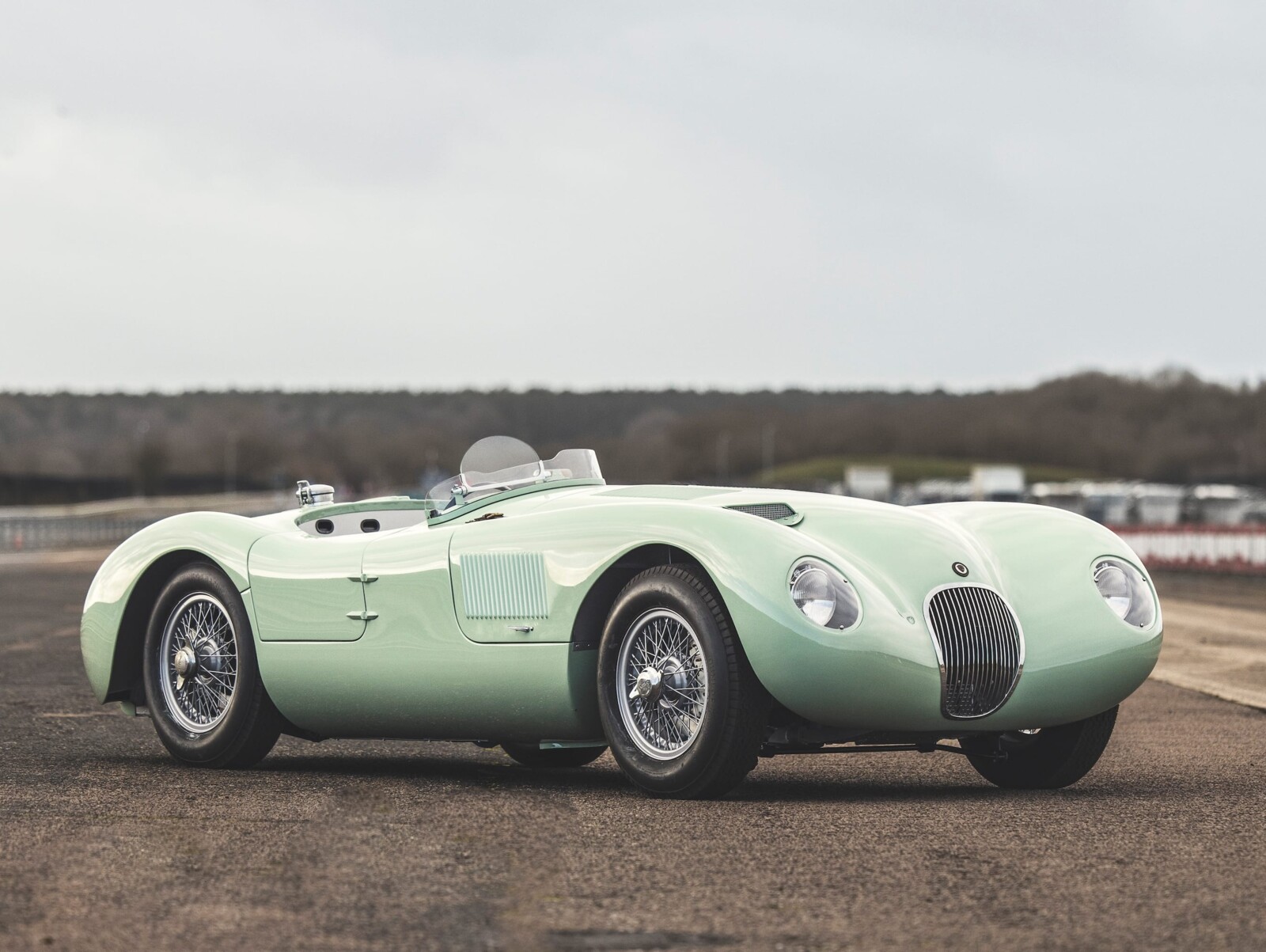Jaguar’s idea of reviving its racing history, at least in new-old continuation cars, is attributed to a brainstorming session where the task was to figure out how to make money, provide employment and celebrate the company’s history. That’s where the idea of the 1963 Jaguar Lightweight E-type was born, a car that became the first complete re-creation by Jaguar Land Rover’s fledgling Special Operations team.
And here’s the full story: In 1963 Jaguar had planned a production of eighteen Special GT E-types with 300 hp each. An eager employee immediately assigned eighteen chassis numbers for the cars. Good thing, too, because in the end only twelve were actually built (eleven still exist today, each worth around £10 million). And the remaining six could be delivered a few years later, couldn’t they?
And that’s how, in 2014–2015, the new-old Lightweights were born – each with an S in the chassis number, homologated for GT races and, like the originals, more than 100 kilos lighter (around 1.1 tons) than the standard E-type Roadster they are based on. All cars feature an all-aluminum monocoque, an aluminum hardtop, a roll cage and an aluminum engine block with a wide-angle cylinder head and dry sump lubrication. The Lightweight E-type owes its reputation in part to its frequent use as a wedding car for the likes of Graham Hill, Jackie Stewart, Roy Salvadori and Briggs Cunningham.

